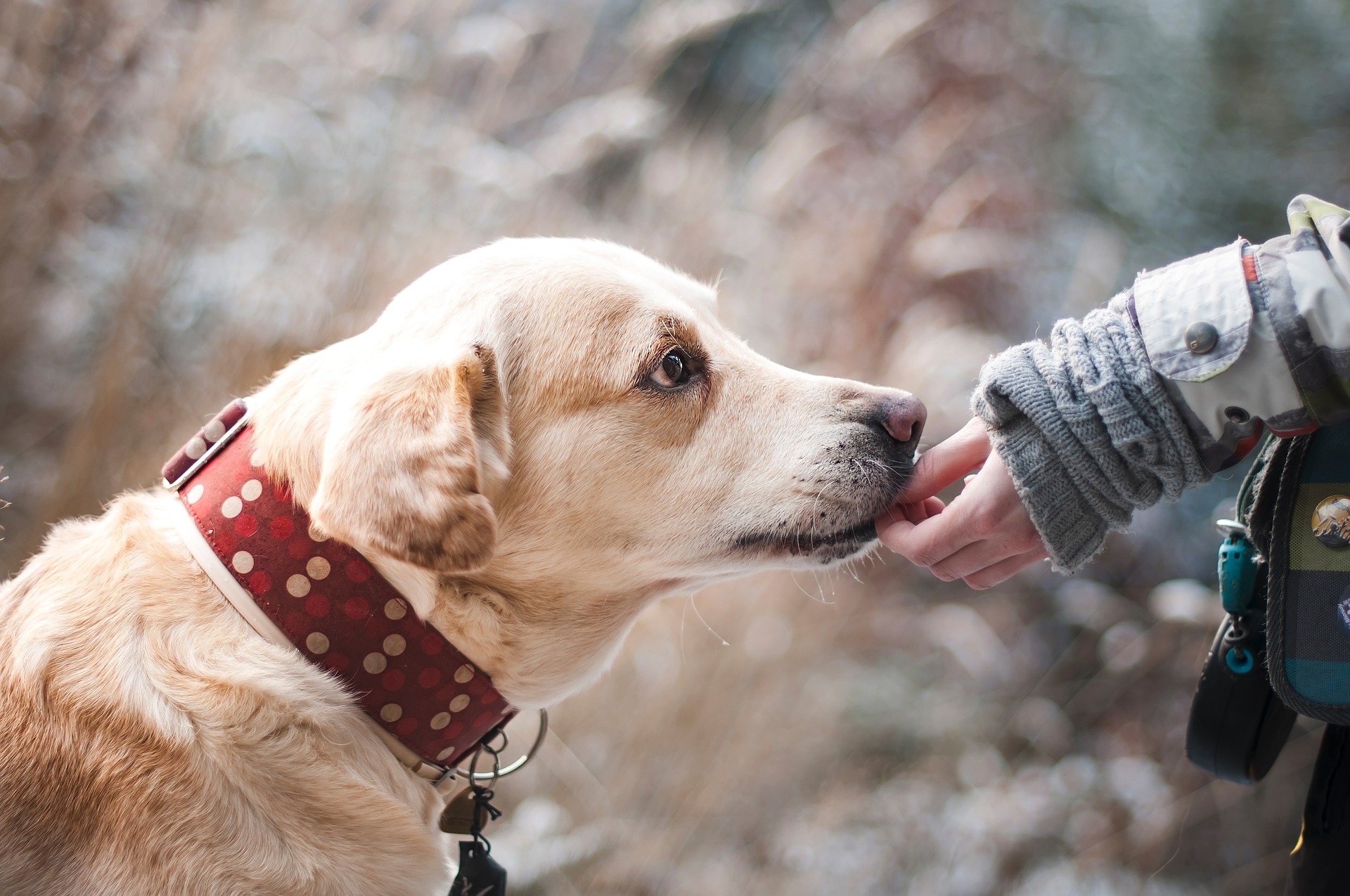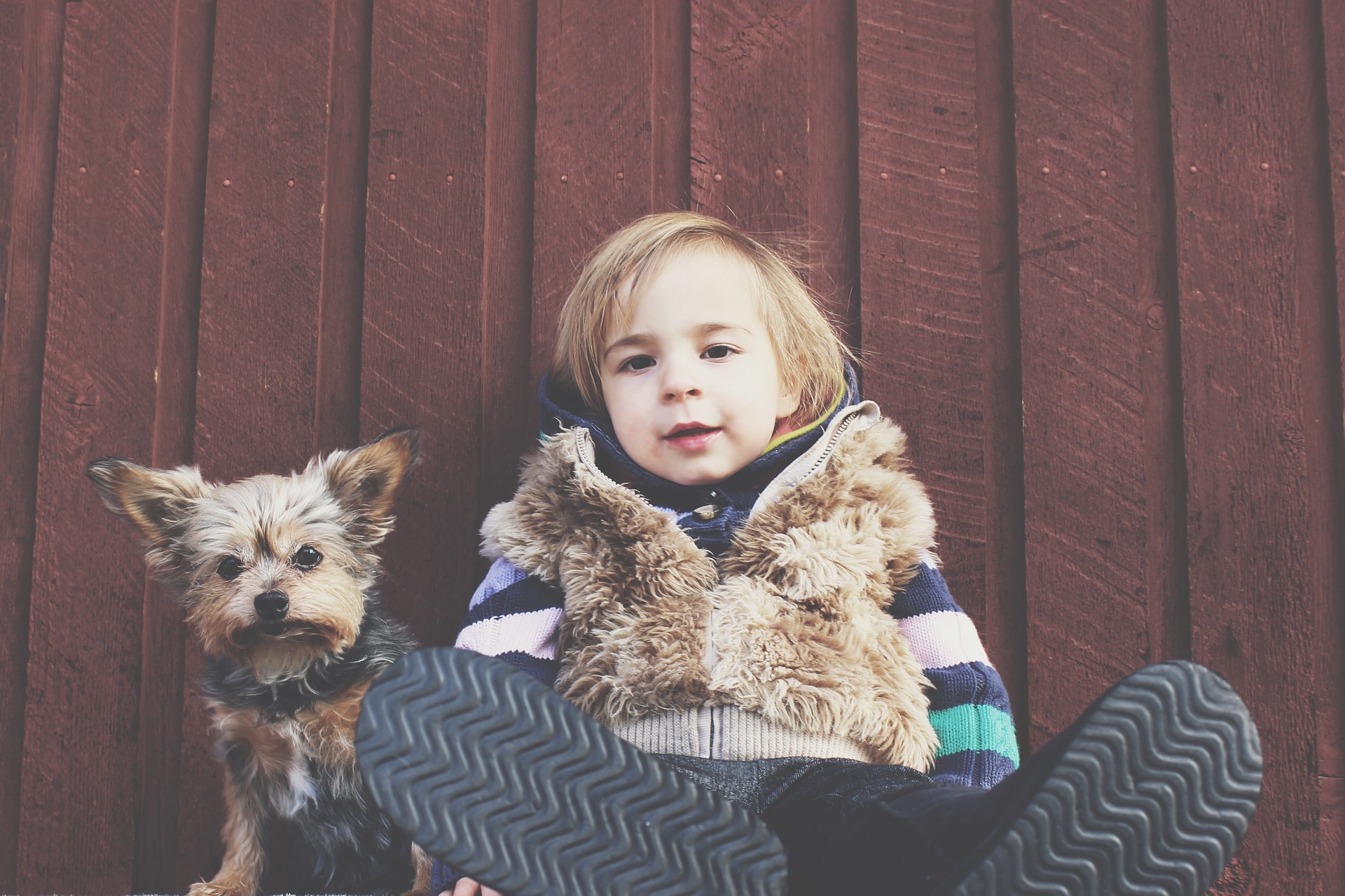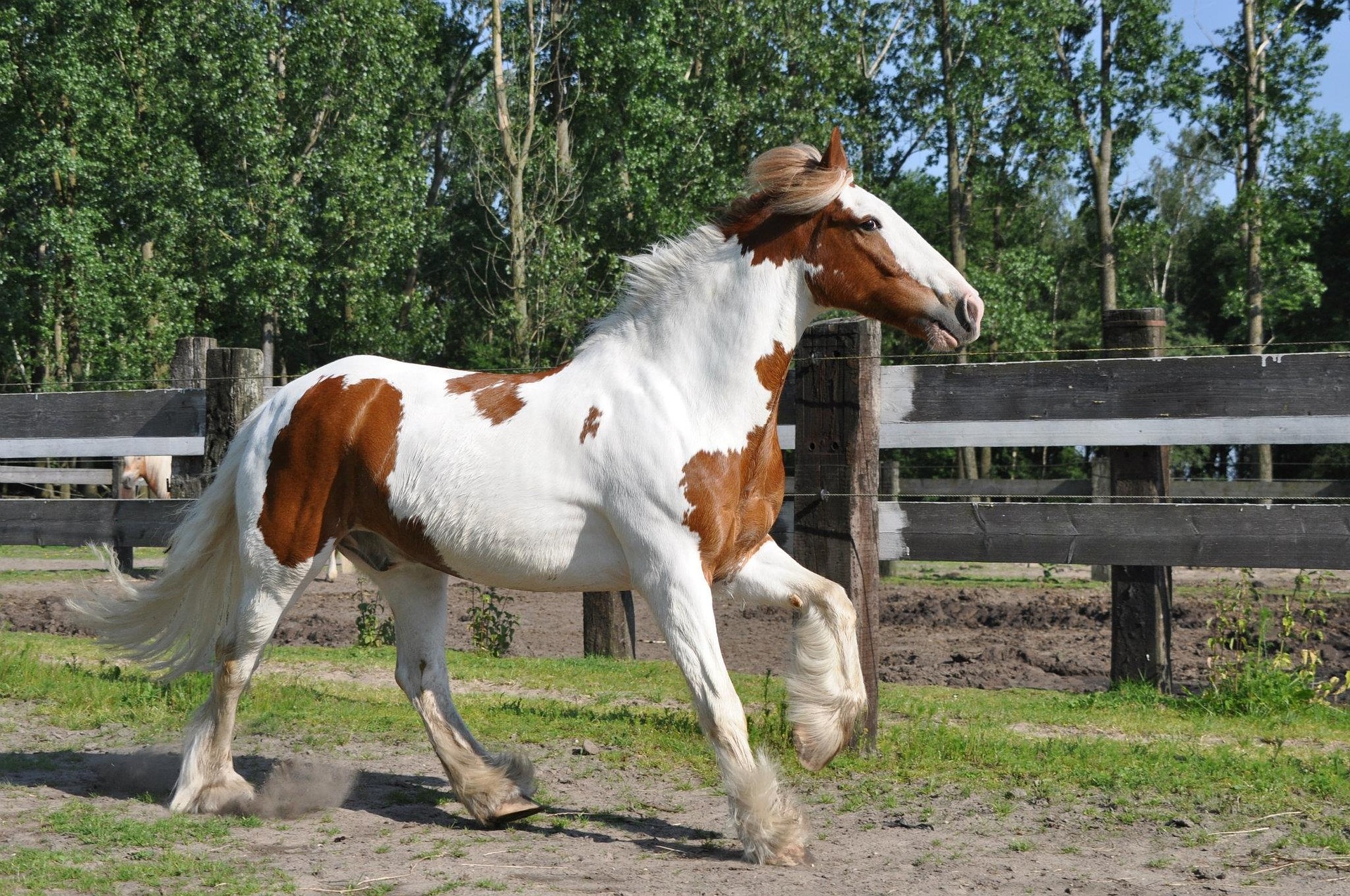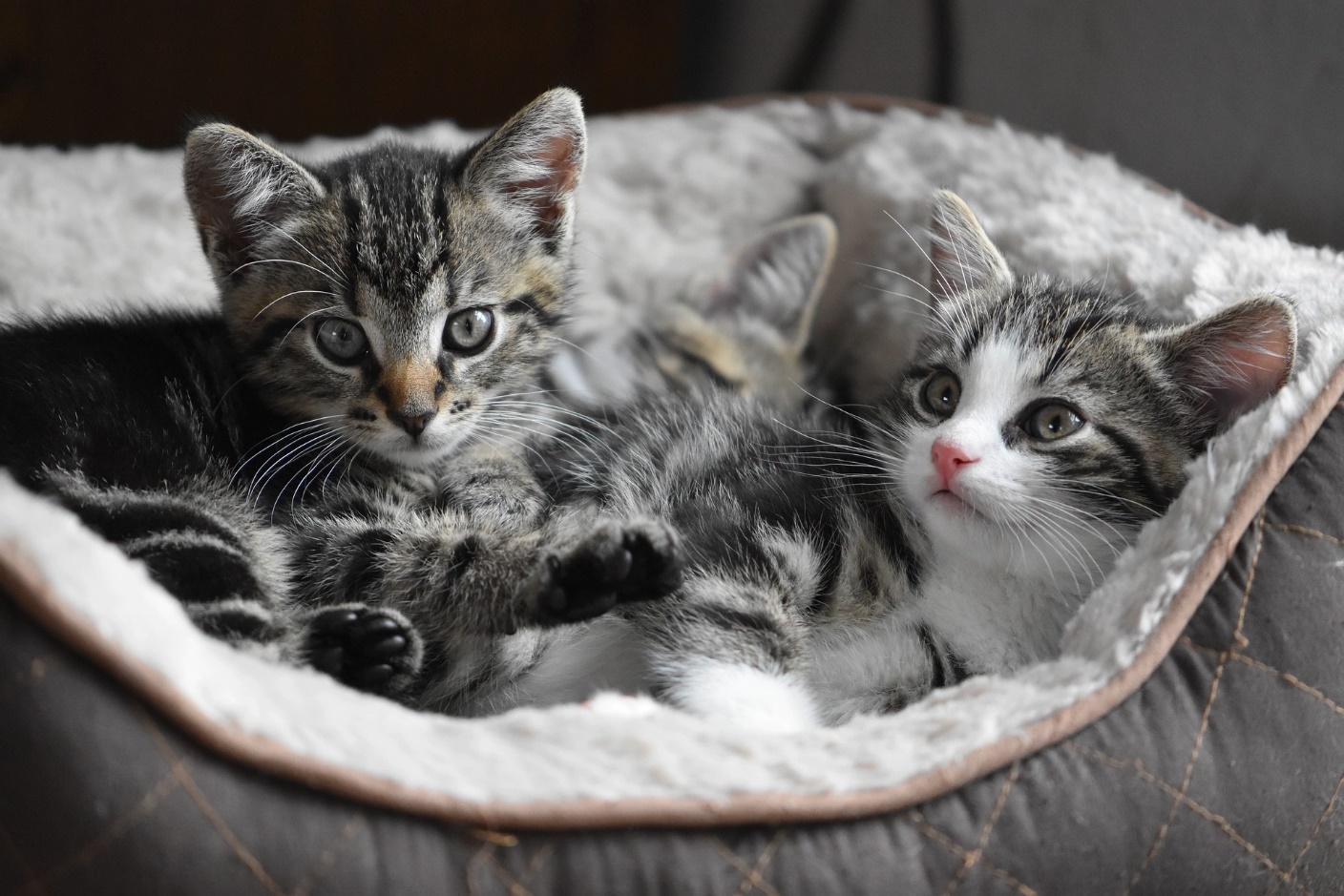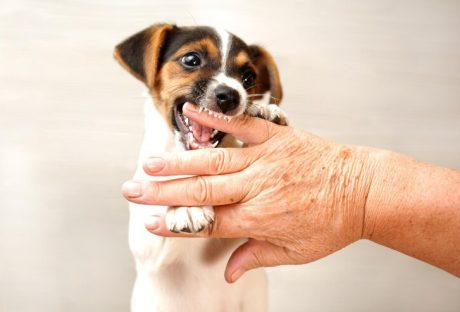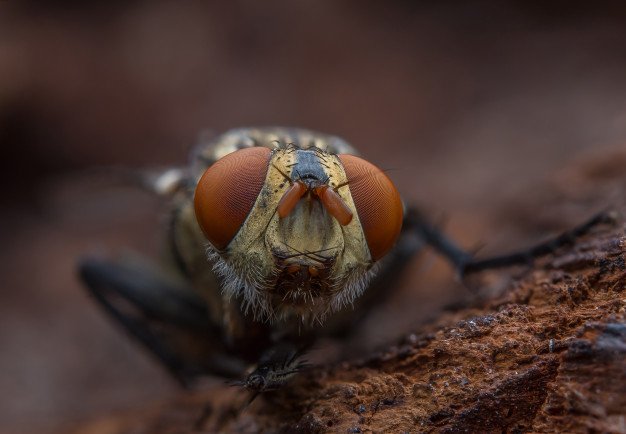All those who have watched “Marley and Me” know exactly what I am talking about when I mention pet parents and how a lot of couples think of being a pet parents before they become parents. Having a pet, whether you live with your family, with your spouse, or you live alone, can change your life in so many ways. Apart from the fact that your family has a new totally adorable and definitely the most photogenic member in your family that would make you want to shop for amenities and accessories from petsho, we have decided to work out ways in which having a pet can change your life and why you should definitely adopt one if you haven’t already.
1. For Practicing Parents:
Having a pet is parenting a child for as long as your pet lives. No pet ever grows up, and this is especially true for dogs. They will most definitely grow old, and there will come a time when they wouldn’t be able to jump about like they did when they were younger, when their eyesights will grow weaker, but they will always be your little child, only bigger in size. It is not an easy job to be a parent to your pet for all the years that they live, but every pet parents will tell you without a doubt that those years will forever be the best years of their lives. From toilet training to training your pet for food, everything involves not only ample mistakes that will remind you of all the good times you shared with somebody who loved you selflessly. Apart from helping you learn to be patient till your child grows up, having pets also give your child a constant friend in every little thing they do.
2. Pets as Therapets:
It is a well-known fact that pets have often been trained as therapy support for patients suffering from depression, autism, Alzheimer’s among the few issues people grapple with. They are known to not only help people de-stress, but also provide constant support and alert people if they are about to have a seizure.
3. Becoming More Active:
Having a pet will completely change your daily routine. Your day will revolve around that furry little family member who is now a major part of your home. There will be someone who will love you right from the moment you step onto the threshold of your house, someone impatiently waiting for your return. Your priorities will begin to change and you won’t regret any of it, because this won’t be a responsibility anymore. The unconditional love that your pets will have for you will make you value them and their presence. It is also the best way to adopt a very healthy lifestyle owing to the ways you might have to adapt to keep your pet healthy and fit. Apart from being trained as therapists, pets, in general, improve your health by their mere presence and the infectious energy they carry with them.
4. A Boon for Introverts:
Unlike those who are naturally outgoing and can easily socialize or often become the life of the party, having a pet can help you create a bond or a connection without the need for any verbal communication. It can also be a great way to socialize with people if you are naturally drawn to animals more than human beings, yet you want to hone your socializing skills. Having a pet makes it easier to begin any conversation.
5. Your Child’s Best Friend:
As mentioned earlier, pets often become great company for your children. Often, pets react differently around a new family member, especially if it’s a baby, where most of the attention gets diverted and irrationally divided. However, this can be the best opportunity for you to help your pet befriend your child. Having a pet not only will help boost your child’s immune system but will also be their forever lifeguard helping them around or protecting them and communicating in their own forms of gibberish.
6. Your Trip Companion:
This option comes with a lot of terms and conditions applied because unfortunately, not every place whether a cafe or a tourist spot is animal-friendly. However, there are a lot of locations and a lot of eateries that allow you to visit and spend some quality time with your loved ones and also introduce them to other people’s pets. A solo trip can often become a lot more fun, interesting and adventurous if you can take your pet along.
Having said all of these, it is true how wonderful and how drastically your life will change once you adopt a pet. However, it is also important to remember that this is a responsibility. It is always a good idea to weigh out the odds against keeping a pet before you decide to adopt one. They look forward to being a part of your family and more often than not, these pets are traumatized once they are abandoned. Always choose adoption over the purchase of a pet.
Read Also:














